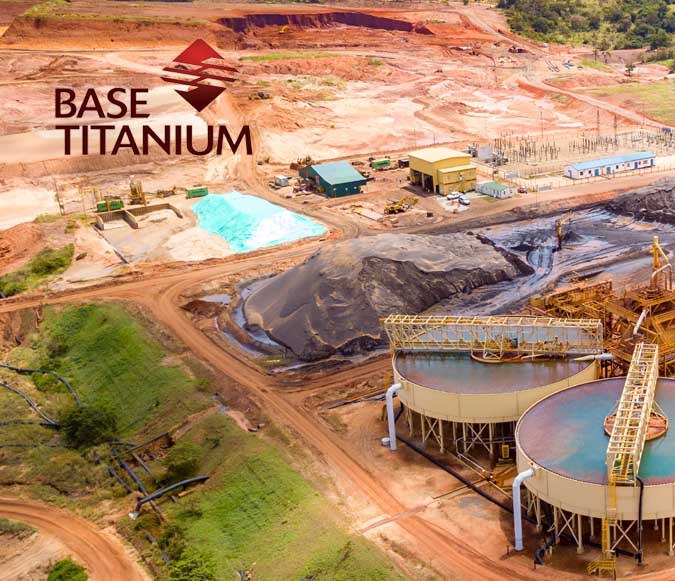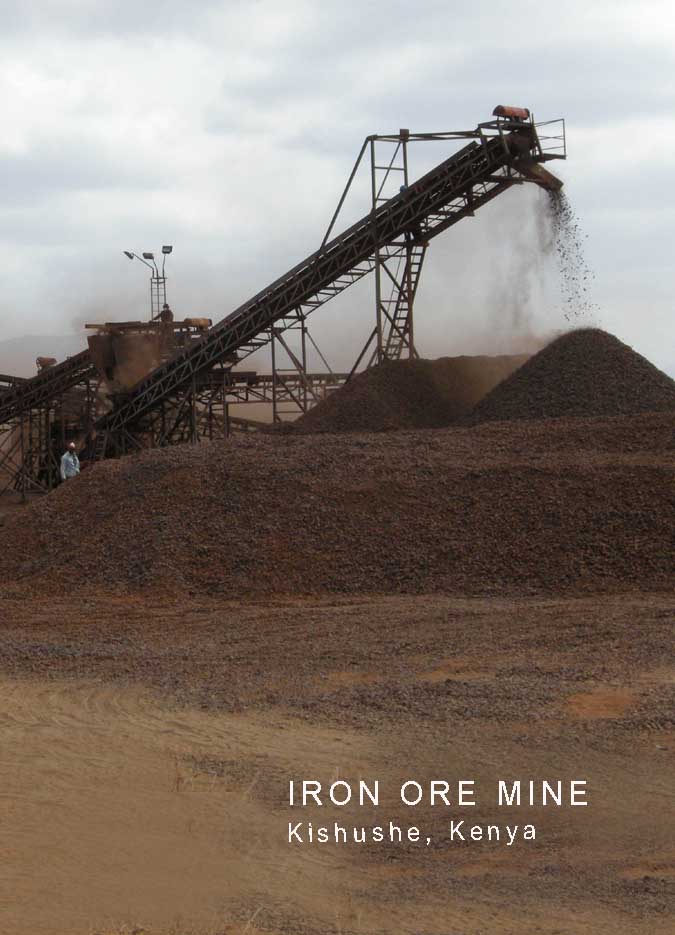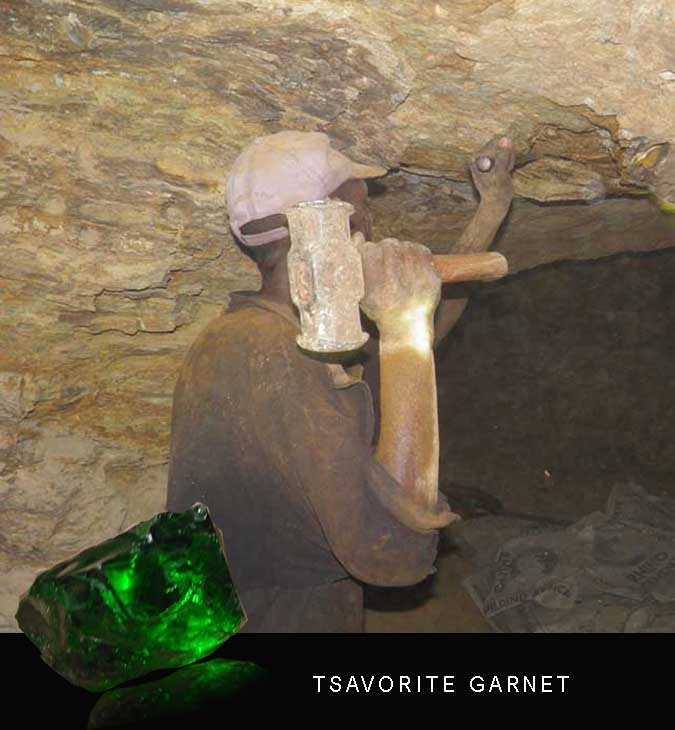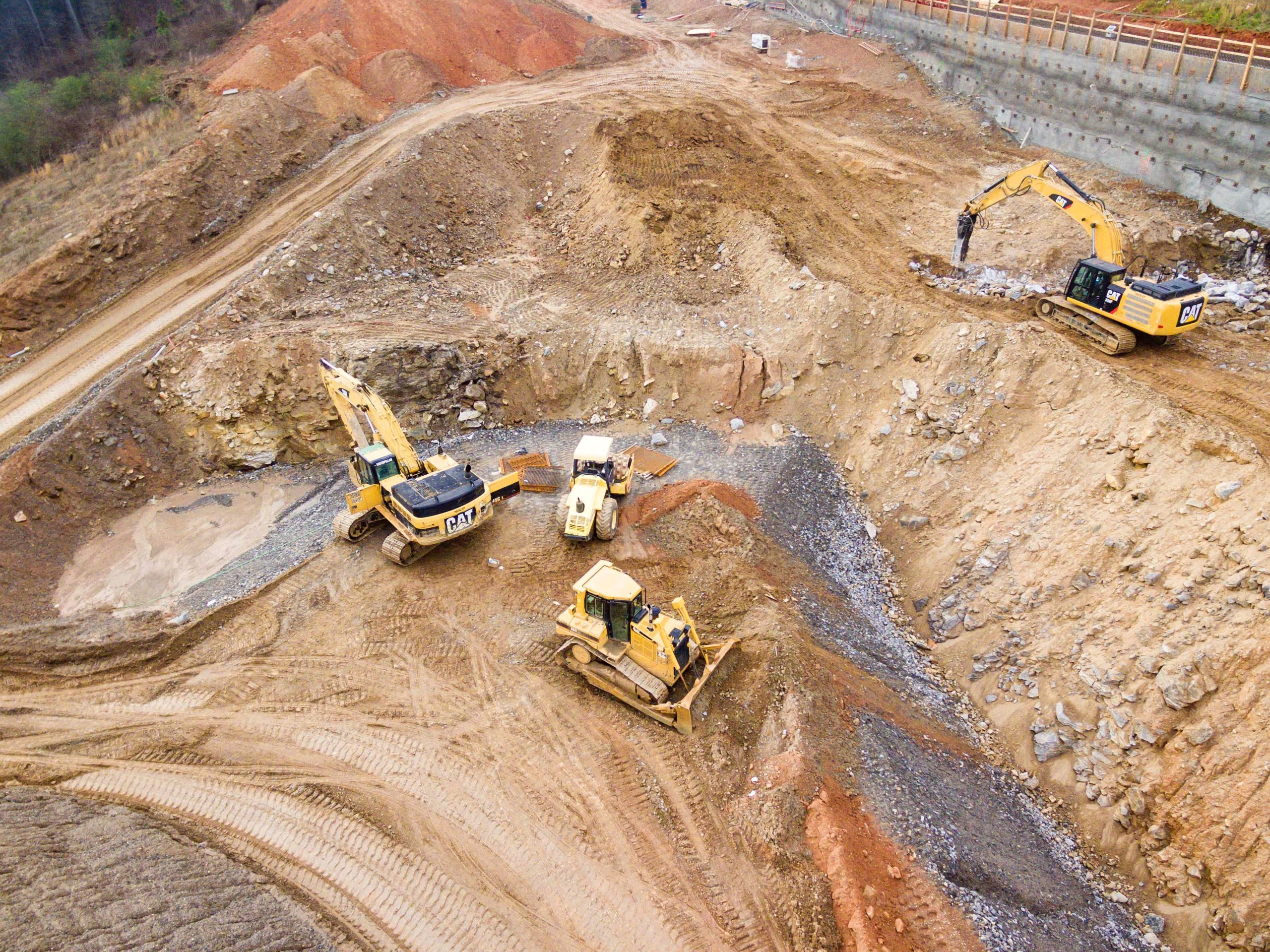Kenya is generally not regarded as a mining country, yet it hosts a variety of mineral deposits, mines and exploration projects. The country-wide airborne geophysical surveys, are expected to generate many new exploration targets and to contribute to fully appraise Kenya’s real potential for mineral development.
Nested in the Rift Valley on Lake Magadi, close to the border with Tanzania, Tata Chemical’s soda ash operation is among the largest in the world. The mine has been in operation for over a 100 year. Base Titanium’s heavy mineral sands mine, which was commissioned much more recently in 2013, has now become an industry leader in the production of rutile, ilmenite and zircon. The mine has reserves of 110 Mt at 5% and currently produces about 90,000 tons per year of rutile, 460,000 tons per year of ilmenite and 35,000 tons per year of zircon. The Kenyan coast hosts more heavy mineral sands resources which could be developed in the future.


Kenya has a vibrant limestone mining and cement manufacturing industry, with players such as Bamburi Cement, Athi River Mining and East African Portland. Until recently, the country was producing about 150,000 tons per year of fluorspar. The mine closed, but there are various plans to revive it as the resource is not exhausted. Other industrial minerals development opportunities include diatomite, vermiculite, baryte, bentonite, gypsum, graphite.
The country also has significant potential for gold production, in particular in the Nyanzan greenstone belts of Western Kenya, where artisan mining is rife. Acacia Mining recently defined a maiden resource of 1.31 Moz at 12.1 g/t at the Liranda Corridor. Karebe Mining (near Kisumu) and Kilimapesa Gold (in Lolgorien) are fully-mechanized small-scale operations which have been producing gold for a few years. Kenya offers significant potential for the development of formal small-scale gold mines. These typically a higher ratio of jobs created per ounce produced than large-scale mines, and thus a strong positive economic impact on rural communities.
Some base metal occurrences are known in Kenya and exploited on a small scale. These include copper, chromite and iron ore deposits. The most immediate development potential, however, lies in the manganese deposits located between Mombasa and Malindi.
Kenya has known lignite deposits in the Mui basin, and legacy airborne geophysical surveys on limited parts of the country show that the potential for uranium deposits exists in a variety of geological environments. The infamous Mrima Rare Earth Elements and Niobium deposit in Kwale County, despite the fact that it is a relatively small resource, is high grade and well positioned, only a few kilometers away from the Indian Ocean. More potential for REE exists in other carbonatite occurrences, in particular in Western Kenya. The same rock formations also have potential for phosphates.


Many parts of Kenya are producing colored gemstones. Tsavorite, a vibrant green variety of garnet, was named after the Tsavo National Park and is a widely recognized precious stone. Other colored gemstones produced in Kenya include ruby, sapphire, spinel, aquamarine, rhodolite, kornerupine, and a variety of magnesian tourmalines. Emerald has not been confirmed yet in Kenya but the proximity of the Ethiopian deposits to the North and of the Manyara deposit in Tanzania to the South strongly suggest that it is only a matter of time before Kenya becomes another emerald source.



